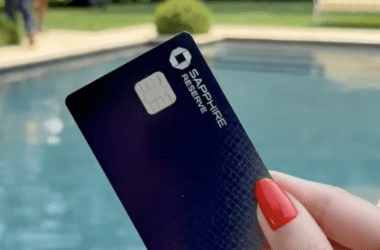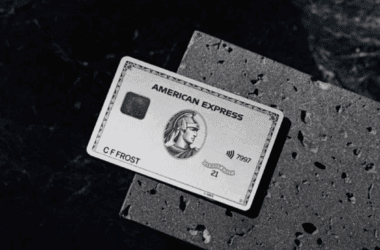The miles and points game is constantly changing. We see banks making changes to all sort of factors. Sometimes they change the rules for bonus earning, sometimes it’s simply how often you can apply for a card. There’s an interesting trend off late though, particularly with a few Chase co-branded cards. Chase has clearly made changes to the way they structure minimum spend requirements for some of their cards.
Minimum Spend Requirements
While most Chase have straightforward minimum spend requirements, these examples below will demonstrate how Chase is now taking a staggered spending approach.
Earn 25,000 Bonus Points after you spend $3,000 on purchases within the first 3 months of account opening. Plus, earn an additional 25,000 Bonus Points after you spend $6,000 total on purchases within the first 6 months of account opening.
Chase United MileagePlus Explorer card
Earn 40,000 Bonus Miles after you spend $2,000 on purchases in the first 3 months your account is open. Plus, earn an additional 10,000 Bonus Miles after you spend $5,000 total on purchases in the first 6 months your account is open.
British Airways Visa Signature Card
Earn 50,000 Bonus Avios after you spend $3,000 on purchases within the first 3 months of account opening. Plus earn an additional 50,000 Bonus Avios after you spend $20,000 total on purchases within your first year of account opening.
Earn 50,000 Bonus Avios after you spend $3,000 on purchases within the first 3 months of account opening. Plus earn an additional 50,000 Bonus Avios after you spend $20,000 total on purchases within your first year of account opening.
Chase has clearly changed the way minimum spend requirements used to be structured. However, what could be the reasons behind this?
Credit Card Churning
When Chase introduced the dreaded 5/24 rule, it was clearly an attempt to weed out certain types of customers. Chase made the decision that anyone who was over the 5/24 threshold wasn’t a customer they desired to keep in the long run. Banks spend significant amounts of money on customer acquisition costs. If customers keep getting sign up bonuses and canceling cards without renewing, none of the customer acquisition cost is recovered by the bank.
Two Milestone Threshold
From a psychological perspective, this move by Chase is smarter. Take into account a simple sign up bonus. If you get 50,000 miles after you spend $,3000 on a particular card, you’re more likely to sock drawer the card. Chase is betting on the fact that a higher threshold would mean customers would hold on to the card longer in their wallets.
Habit Formation
When you’re looking to meet minimum spend requirements, you often set your expenses on auto pay. Chase is counting on the fact that enough people will do the same. They’re counting on the fact that you’ll set it on auto pay and forget to change settings once you get the bonus. That way, you’ll keep spending monthly on that Chase card.
Partnership Requirements
I’d recently written about how the Chase-United partnership was a bit shaky. If you look closely, Chase still hasn’t made any changes to cards in their own portfolio. The Chase Sapphire Preferred and Reserve still offer the single threshold bonus. I’m guessing that a lot of the changes made by Chase on the co-branded front is driven by their need to get more revenue via interchange fees from their co-branded credit card portfolio.
Promotional Offers
Chase has smartly timed these spending requirements with promotional offers. I recently wrote about how you could earn 500 Ultimate Rewards points with just 3 purchases. Chase also targeted customers with similar offers on the co-branded World of Hyatt card. They frequently run similar promotions on other cards in conjunction with Apple Pay as well.
Chase is smartly investing in grabbing share of wallet beyond the sign up bonus. These offers, along with the staggered spend requirements, are all designed to get you into the habit of using Chase cards beyond earning the sign up bonus.
The Pundit’s Mantra
It seems like Chase’s marketing department is closely following and mapping the buyer’s journey. With 5/24, they’ve set parameters to dictate the type of customers they want to avoid. Once a customer is acquired, Chase is now focusing on stage two. Their focus is on retention and habitual spending.
Instead of handing out lucrative retention bonuses, Chase is focusing on incentivizing spending on their cards. Chase is also hoping that by incentivizing spending quite frequently, customers don’t reach the next stage of the journey and think about cancelling their cards.
I always advocate that you play the long game. Miles and points aren’t going anywhere. The world isn’t ending soon. Instead of taking a crash and burn approach, it’s better to maximize mileage earning and redemptions. Most importantly, you should play by the rules and be a desirable customer for the banks if you’re looking to stay in the miles and points game in the long run.
What do you think about these new minimum spend requirements? Which Chase credit cards have you held on to in the long run? Let us know in the comments section.
Never miss out on the best miles/points deals. Like us on Facebook ,follow us on Instagram and Twitter to keep getting the latest content!











